Cats are fascinating creatures, known for their mysterious ways and captivating beauty. One of the most intriguing aspects of cats is the diversity in their coat colors and patterns. It’s often wondered if a cat’s appearance reveals anything about their personality. While scientific research is limited, folklore and anecdotal evidence suggest a possible link between a feline’s fur color and its temperament. This article explores the potential connections, shedding light on what your cat’s coat might say about their personality.
A Brief History of Coat Color in Cats
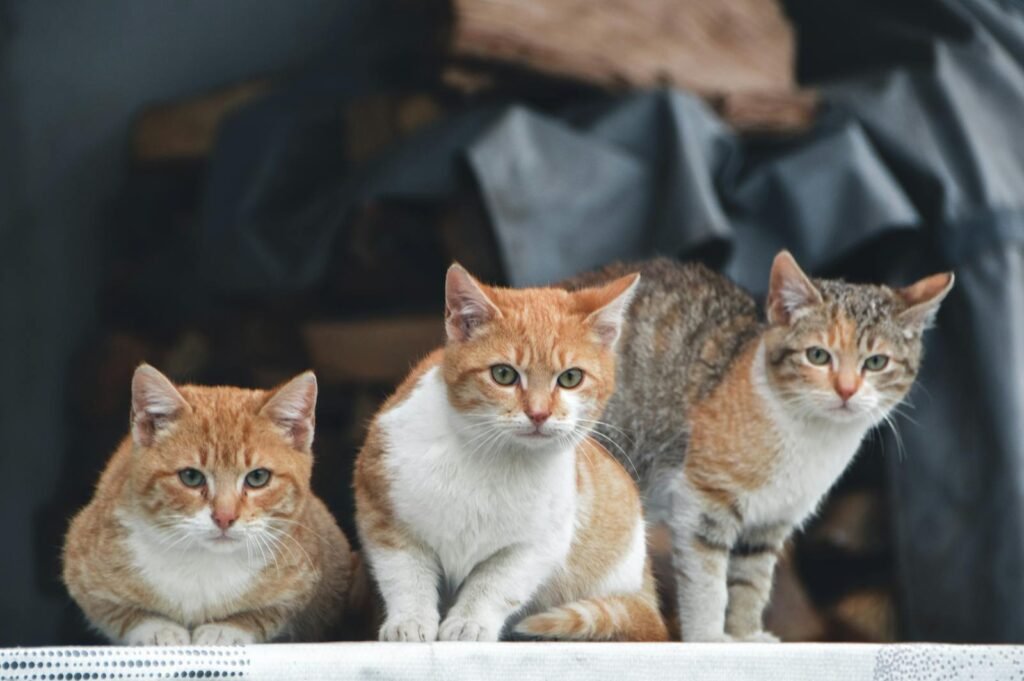
Historically, domestic cats have been bred for both their functional traits, like hunting skills, and their aesthetic appeal, which includes coat color and pattern. The evolution of different coat colors has been influenced somewhat by natural selection, but mainly by human preference. This selective breeding has resulted in a stunning array of colors, each potentially linked to specific personality traits.
Black Cats: Mysterious and Loyal
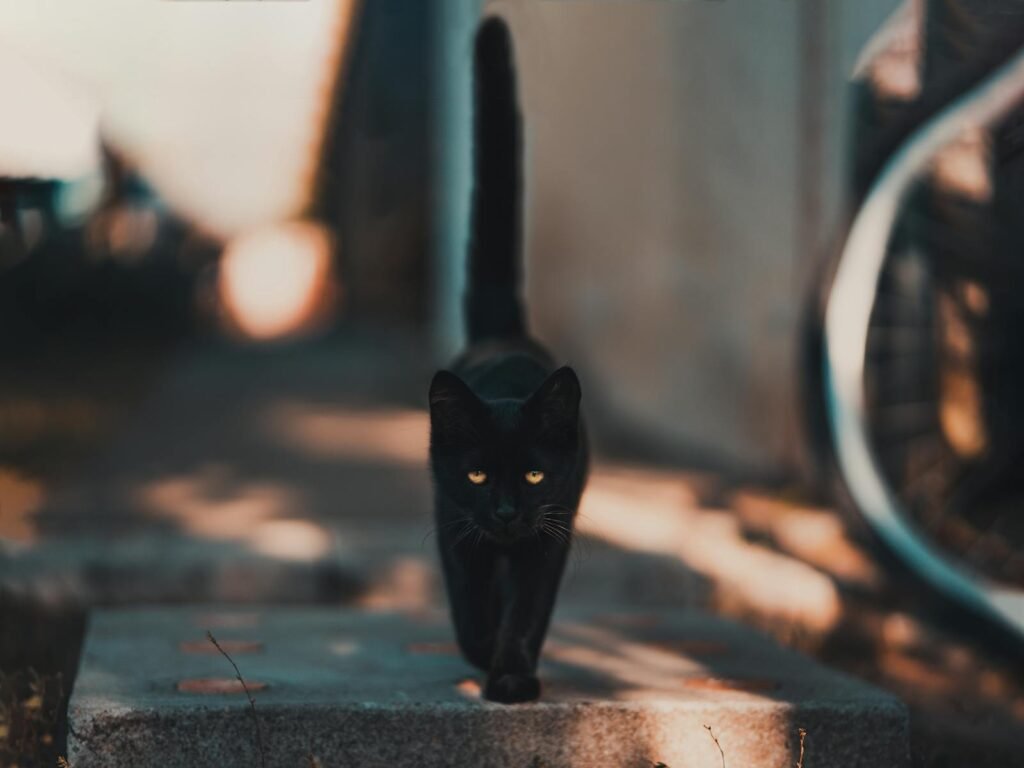
Black cats have long been shrouded in mystery and superstition. Historically, they were thought to be harbingers of either good or bad luck, depending on the culture. Personality-wise, many owners describe black cats as being overall friendly and outgoing. They are often considered adaptable and tolerant, perhaps due to their rich, enigmatic backgrounds.
White Cats: Independent and Sensitive
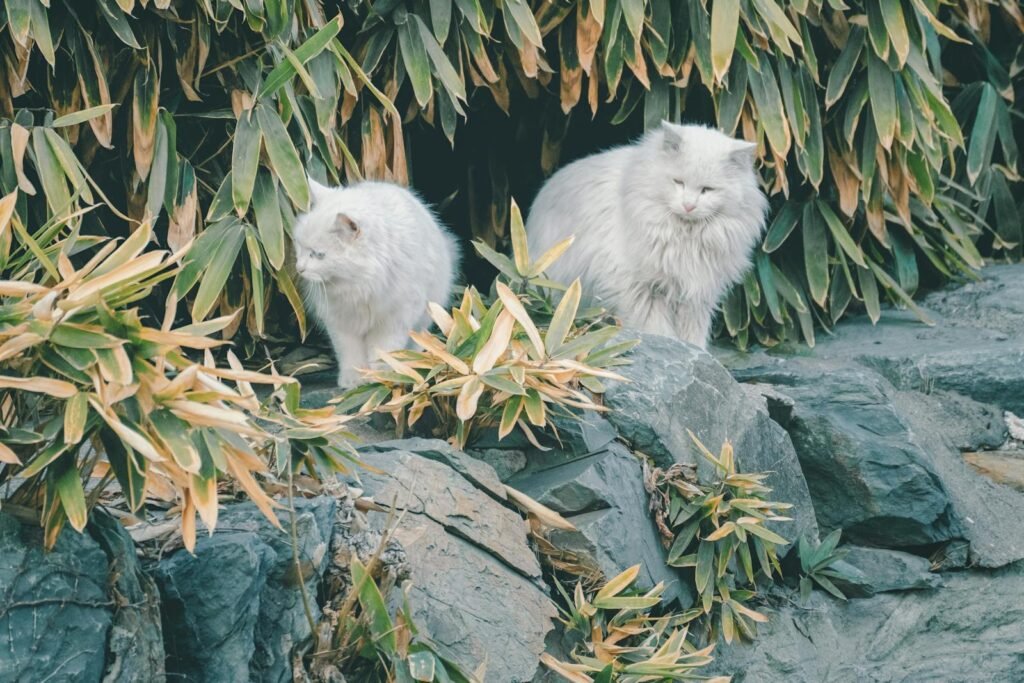
White cats often carry an air of elegance and aloofness. Anecdotal evidence suggests that they tend to be more reserved and independent than their colorful counterparts. These cats are sometimes described as having a sensitive side, possibly due to their increased likelihood of being deaf, which influences their interaction with their environment.
Calico Cats: Energetic and Strong-Willed

Calico cats, known for their tri-color coats, are often described as possessing a spirited and lively personality. They may exhibit strong-willed and independent behavior, choosing when to interact with their humans and when to explore the world on their own terms. This spirited nature is affectionately termed “calico attitude” by many cat enthusiasts.
Tabby Cats: Affectionate and Intelligent
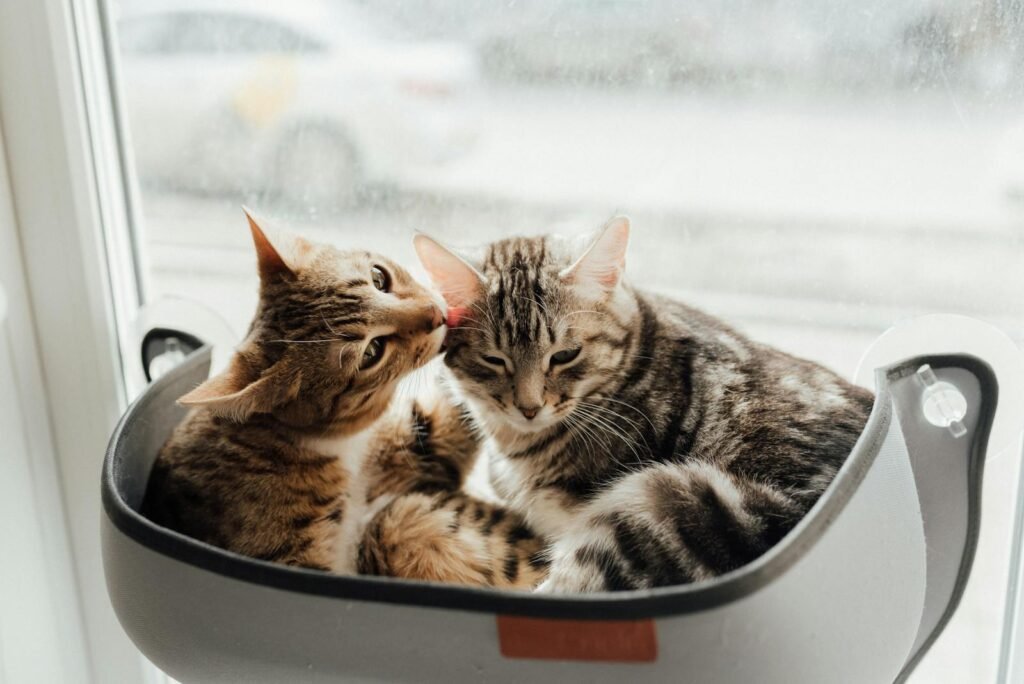
With their distinctive striped, swirled, or spotted coats, tabby cats are one of the most common feline patterns. Known for their sociable and affectionate nature, tabbies are often described as intelligent and curious. They tend to form strong bonds with their families and are famed for their playful behavior and adaptability.
Orange Tabbies: Playful and Charismatic

Orange tabbies, like their fictional counterpart Garfield, are often characterized by charismatic and playful dispositions. Many orange cats enjoy playful antics and are considered easygoing and social. This personality trait makes them ideal companions for families with children or other pets.
Gray Cats: Calm and Serene
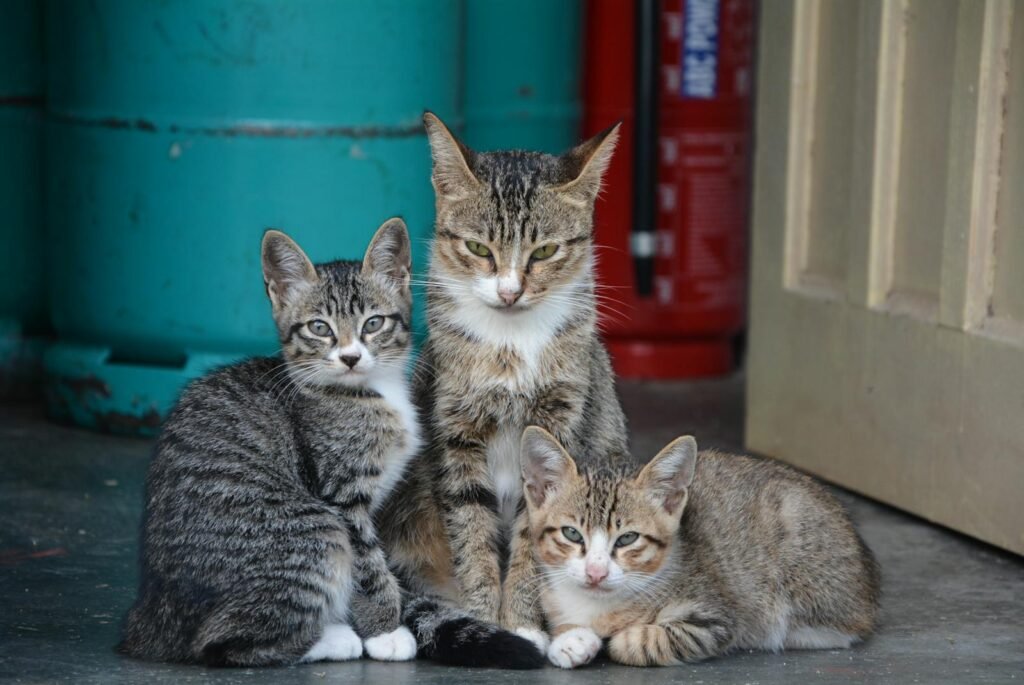
Gray or blue cats are often associated with a calm and laid-back demeanor. They exude serenity and are generally easy to live with, making them ideal pets for people who prefer a more tranquil home environment. Their gentle nature does not overshadow their playful and affectionate side.
Tortoiseshell Cats: Sassy and Vocal
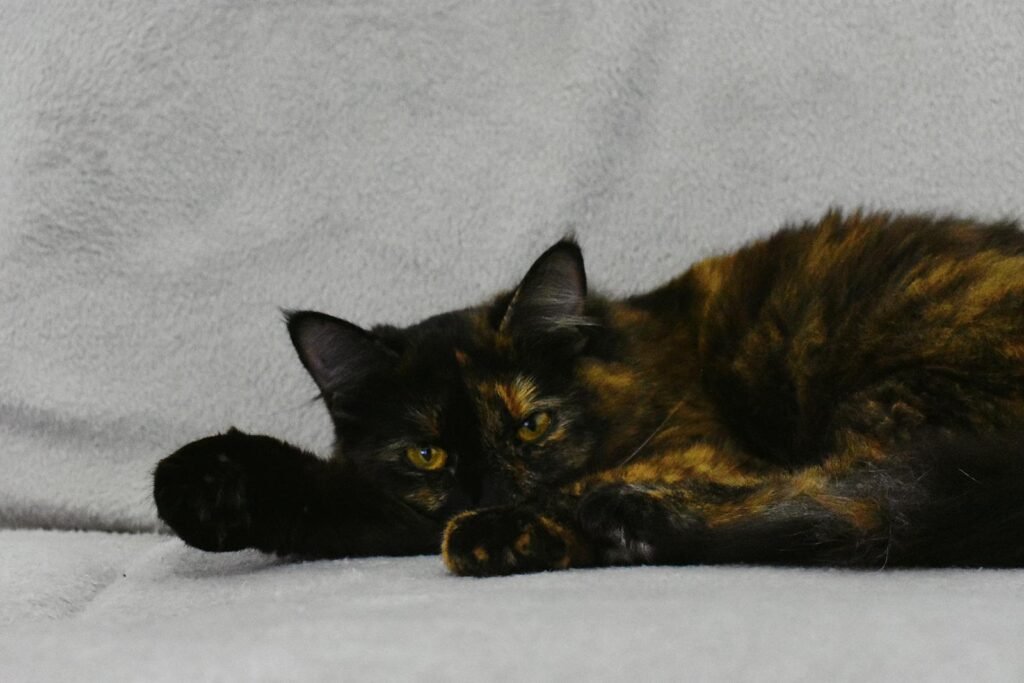
Tortoiseshell cats, affectionately known as “torties,” are famous for their bold, multi-colored coats and equally dynamic personalities. They are often described as sassy and vocal, with a range of vocal expressions that convey their distinct needs and opinions. Their lively nature can add a burst of energy to any household.
Bi-Color Cats: Social and Gentle
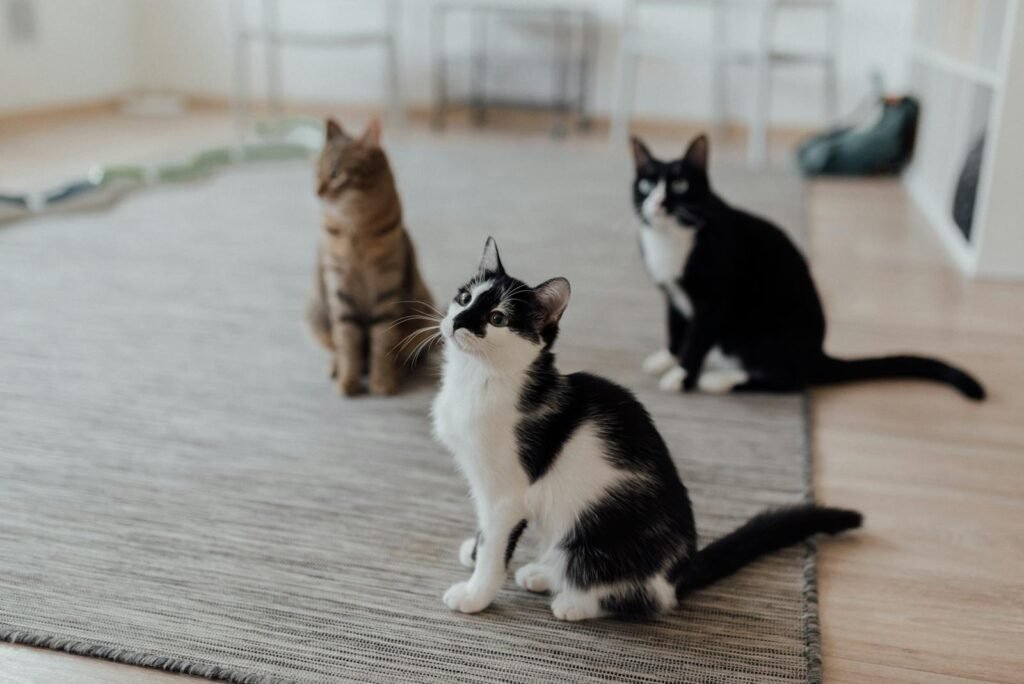
Cats with bi-color coats, often seen in tuxedo patterns, are said to possess a gentle nature and a sociable demeanor. These combinations of white and another color can vary greatly in personality, but many owners claim they strike a balance between playful and cuddly, making them favorites among cat lovers.
Conclusion: The Myths and Realities of Feline Genetics
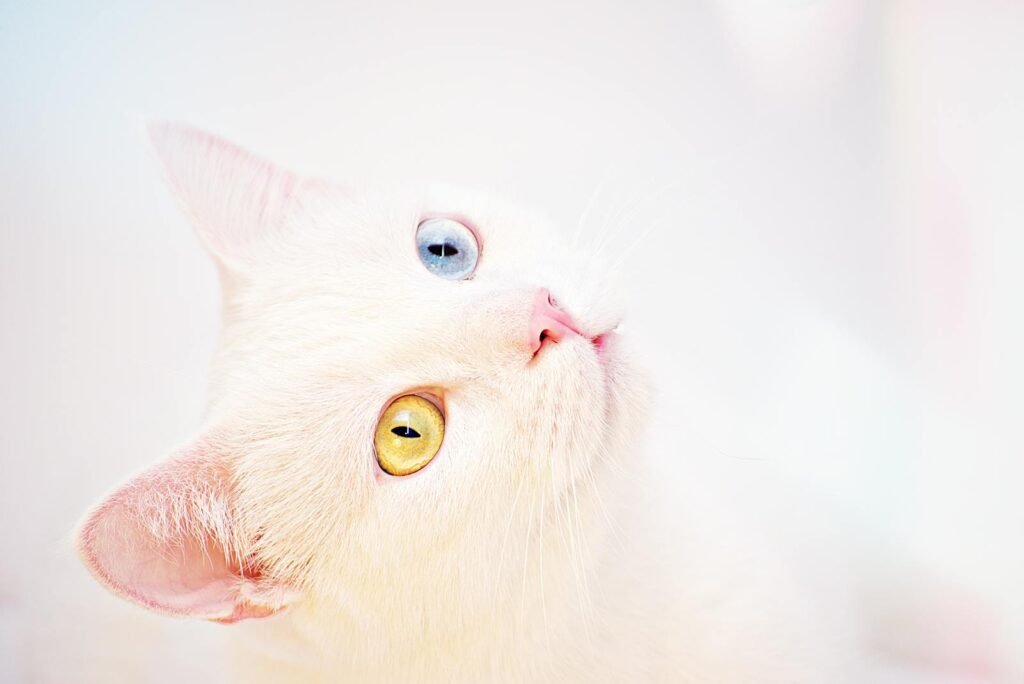
While coat color and personality correlations in cats are largely anecdotal and some behaviors can be influenced by socialization and environment, it is fascinating to consider how their unique beauty might reflect different temperaments. Each cat is a unique individual, and while trends might exist within certain color groups, personality can be influenced by a host of factors. Regardless of coat color, what unifies all cats is their ability to bring joy and companionship to their human companions. Whether or not science conclusively links coat color to personality, these beloved creatures will continue to captivate and charm us with their diverse characters and beautiful appearances.

Growing up traveling and experiencing new cultures and wonders, I have had a passion for nature, adventuring, photography, and videography. I am currently working towards a BSc in Biodiversity and Ecology at Stellenbosch University, and I hope to specialise in Marine Sciences one day.
Please send any feedback to Feedback@animalsaroundtheglobe.com






